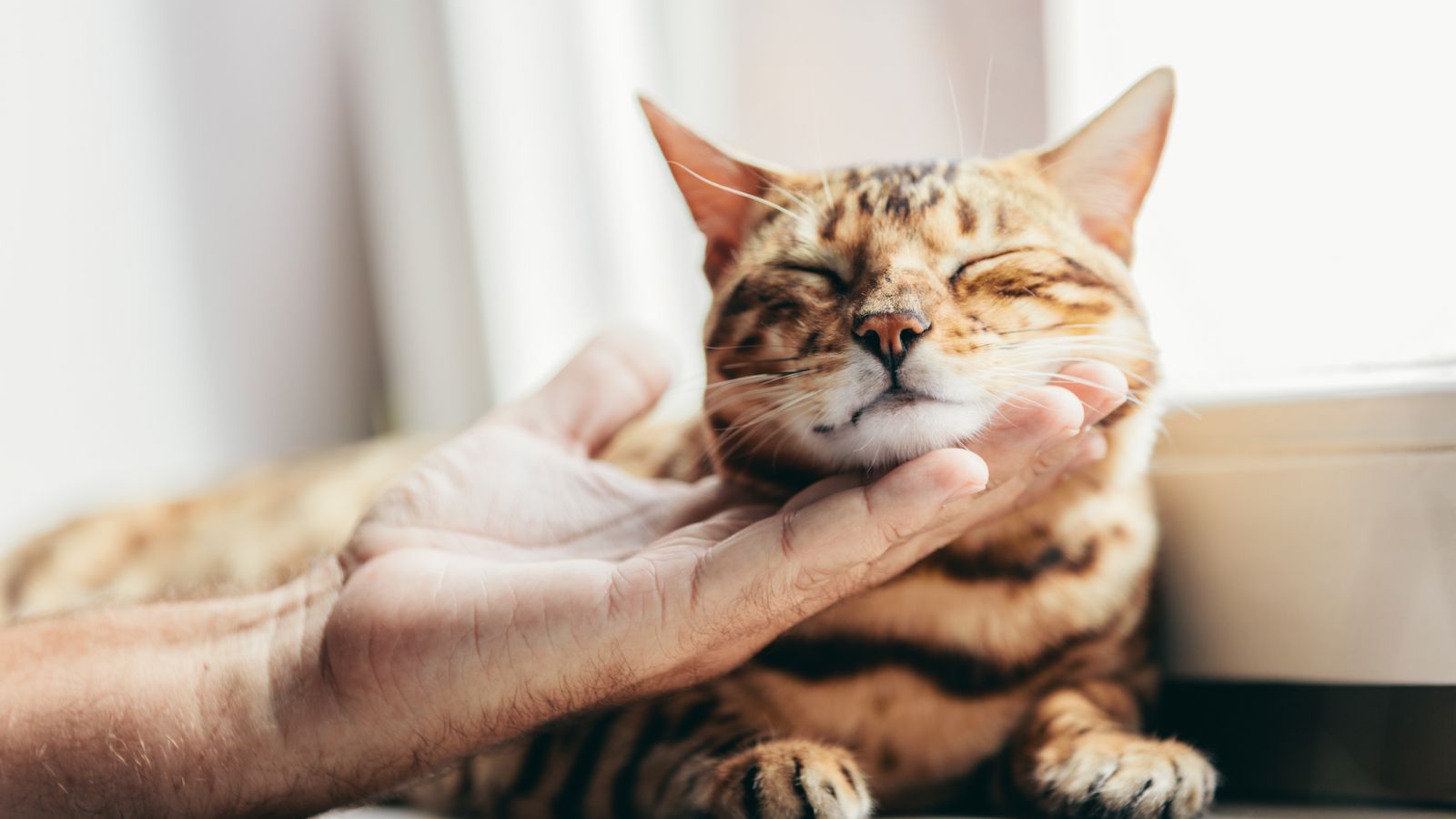Cats have captivated humans for centuries with their mysterious behaviors, and purring is perhaps one of their most intriguing traits. You might assume a purring cat is simply expressing contentment, but there’s much more to this soothing sound than meets the ear.

Cats purr for a variety of reasons beyond just happiness, including to self-soothe when stressed or in pain, to promote healing, and to communicate with their owners and other cats. This complex vocalization serves multiple functions in feline physiology and social behavior.
Understanding why cats purr can deepen your bond with your feline companion and help you better interpret their needs. As you delve into the science behind this fascinating feline phenomenon, you’ll discover the surprising ways purring benefits cats’ health and well-being.
The Science of Purring
Purring involves complex physiological processes and varies across feline species. You’ll discover how cats produce this soothing sound and which other animals share this ability.
Mechanism Behind the Purr
Cat purrs originate in their brains. A neural oscillator sends signals to the laryngeal muscles, causing them to twitch rapidly. This movement creates vibrations in the vocal cords as air passes through during breathing. The frequency of these vibrations typically ranges from 25 to 150 Hertz.
Your cat’s unique purr is produced by the combined action of its diaphragm and larynx. The rhythmic contraction and relaxation of these muscles result in the familiar humming sound. Interestingly, cats can purr while both inhaling and exhaling, creating a nearly continuous sound.
Purring Across Feline Species
Not all cats can purr. Big cats like lions and tigers roar but cannot purr due to the structure of their larynx. Smaller wild cats, such as bobcats and cheetahs, can purr like domestic cats.
Some non-feline animals also produce purr-like sounds. Raccoons, guinea pigs, and even gorillas have been observed making similar vocalizations. However, true purring is unique to certain feline species.
The ability to purr may have evolved as a form of self-soothing or communication. You’ll find that cats often purr in social situations, not just when they’re content. This suggests purring serves multiple functions in feline behavior and communication.
Purring as a Means of Communication
Cats use purring as a versatile form of communication. This vocalization serves multiple purposes beyond expressing contentment, allowing cats to convey various messages to both their feline companions and human caretakers.
Inter-cat Communication
Cats employ purring to communicate with each other from an early age. Kittens begin purring when they’re just a few days old, using the sound to signal their location to their mother. This helps the mother cat locate and care for her offspring.
Adult cats may purr during friendly encounters with other felines. The sound can indicate a non-threatening presence, helping to diffuse potential tensions. When two cats greet each other, purring often accompanies head-butting and mutual grooming behaviors.
In some cases, cats use purring to solicit food or attention from their feline companions. This behavior is particularly observed in multi-cat households where one cat may purr to request sharing of resources.
Purring and Human Interaction
You might notice your cat purring more frequently during interactions with you. This behavior often serves as a form of social bonding. Cats may purr when you pet them, signaling their enjoyment of the attention and encouraging you to continue.
When your cat wants something from you, such as food or access to a specific area, they might combine purring with other vocalizations. This unique sound, sometimes called a “solicitation purr,” is designed to be more noticeable and harder for humans to ignore.
Cats may also use purring as a self-soothing mechanism during stressful situations, such as visits to the veterinarian. In these instances, the purring sound helps them remain calm and may even have pain-relieving properties.
Health and Well-being
Purring plays a crucial role in feline health, offering benefits beyond simple contentment. This soothing behavior impacts cats’ physical and mental well-being in surprising ways.
Stress Relief and Contentment
When you hear your cat purr, it’s often a sign they’re feeling relaxed and happy. This calming sound helps lower their blood pressure and reduce stress levels. Purring acts as a natural coping mechanism for cats in unfamiliar or tense situations.
The vibrations produced during purring can also benefit you as a cat owner. Listening to your cat’s gentle rumble may help decrease your own stress and anxiety levels. It’s no wonder many people find the sound of a purring cat so soothing.
Healing Properties of Purring
Your cat’s purr isn’t just for comfort – it may actually have healing powers. The vibrations created by purring occur at frequencies known to promote tissue regeneration and bone growth. This could explain why cats often purr when they’re injured or in pain.
These vibrations may help:
- Speed up wound healing
- Reduce swelling and inflammation
- Strengthen bones and muscles
- Alleviate breathing difficulties
Some researchers suggest that purring might serve as a form of self-healing for cats. By purring, they may be using vibration therapy to aid their recovery from injuries or illnesses. This natural healing mechanism could contribute to cats’ renowned nine lives and quick recovery abilities.
